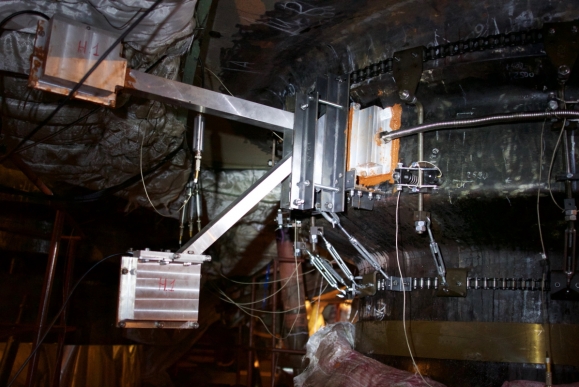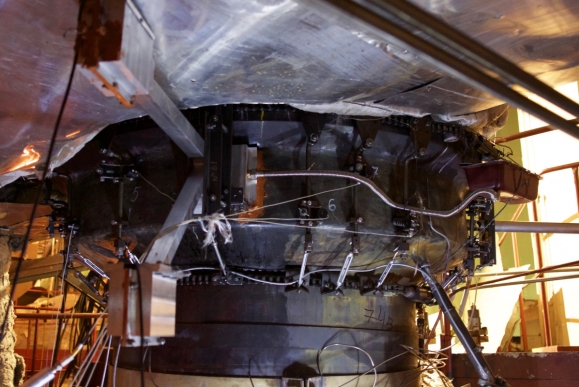Traditionally, ultrasonic testing during operation is carried out exclusively during maintenance and repair of equipment. The purpose of such control is to identify and evaluate operational defects. One of the main shortcomings of such control is that the control is performed on idle equipment, and as it is known, the defects are blocked and grow at the stage of the equipment operation under the effect of thermal-force operational loading. Carrying out non-destructive testing at the operational stage would allow timely detection of the birth of operational defects, assess the kinetics of their development, and identify the dominant operational impacts that lead to the destruction of the most loaded zones of equipment.
Limitations on the use of non-destructive testing at the operational stage are primarily related to the organization of non-destructive testing at high temperatures of several hundred degrees, as well as the need for complete automation of the collection and transfer of control data. MUBATEC applied to the development of a methodology for the on-line monitoring of operational damageability developed a system of automated ultrasonic and acoustic-emission monitoring of equipment and pipelines of nuclear power plants. Innovative technical solutions implemented in this system allow for acoustic monitoring of the most dangerous areas of equipment.
The control is carried out during operation in the mode of continuous diagnostics of the controlled zone at the temperature of the controlled surface to 350°C for a long time up to a year.
The control data is pre-processed and transmitted via the Internet for express analysis. The ultrasonic inspection system is based on high-temperature ultrasonic transducers combined with acoustic waves, and the acoustical-emission diagnostic system is made in the form of an acoustic system consisting of several thermostatic wideband sensors.
The use of a high-temperature nondestructive testing system for the diagnosis of equipment of nuclear power plants on a super-project lifetime made it possible to identify the zones of formation of new defects and to assess the dynamics of their development and prevent the formation of end-to-end leak damage leading to a complete loss of service properties.


